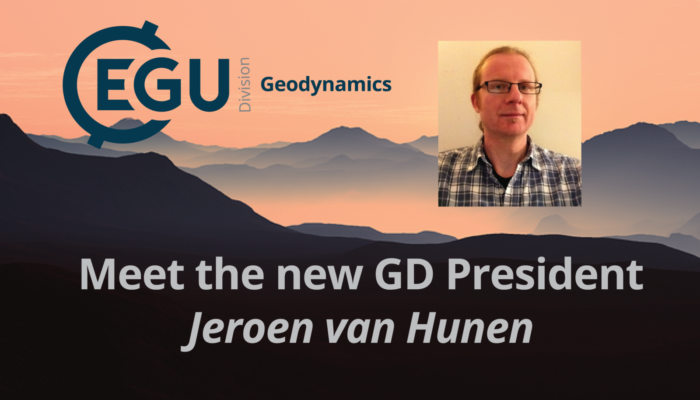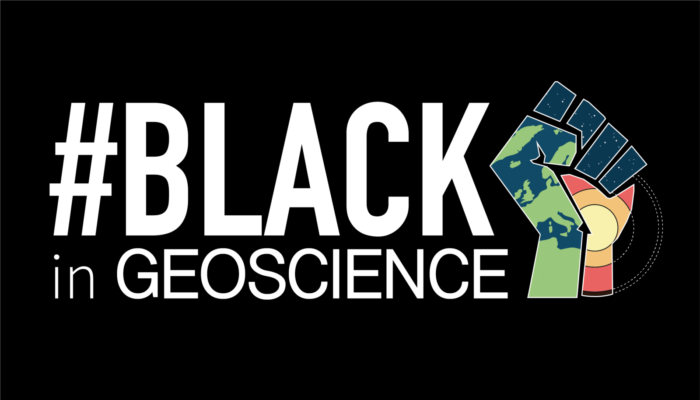In between homeschooling three children, Zoom meetings, online teaching, Skype vivas, and emergency grant reviews, Alex wonders: How do I keep track of all the newly published research out there? Dear Alex, I am sure it’s on the minds of many of our fellow academics, who just reside bored in their homes at these times. What else to do during a pandemic other than scouring Twitter for the new ...[Read More]
Meet the incoming GD President – Jeroen van Hunen

This week on the EGU GD Blog, we interview the newly elected incoming Geodynamics Division President, Jeroen van Hunen (Durham University). Jeroen takes on the role for 2021-2023, from Paul Tackley (ETH Zürich). Jeroen is a Professor within the Department of Geosciences, including the Geodynamics, Geophysics, and The Solid Earth research groups. He is originally from the Netherlands, having studie ...[Read More]
The Sassy Scientist – Rock-‘N’-Roll
Aïda rummages around within the lavish ball pit of rock samples as often as not, but is left unsure which rock type should be her number one: What is your favourite rock? Dear Aïda, I’ll be honest with you. Yeah, I’m surprised too… I don’t occupy myself that often with constructing countdown lists of rock types, and simply consider all rocks as equally and most important. O ...[Read More]
#Black In Geoscience
The last few weeks have been filled with devastating news – harrowing stories about the police killing black people. Racial inequalities and discrimination go far beyond current events. In science in general, and in the geosciences in particular, little progress has been made regarding diversity over the past few decades. This is both the result of deep-seated institutional racism (sometimes refe ...[Read More]


